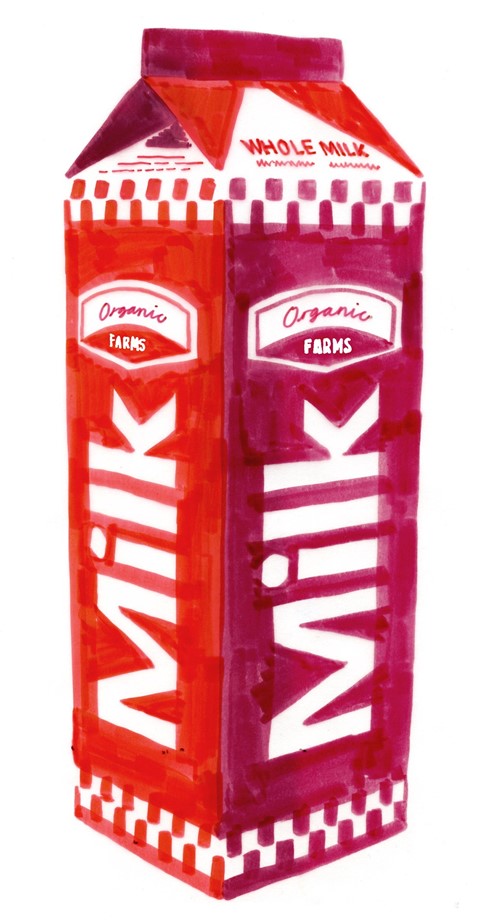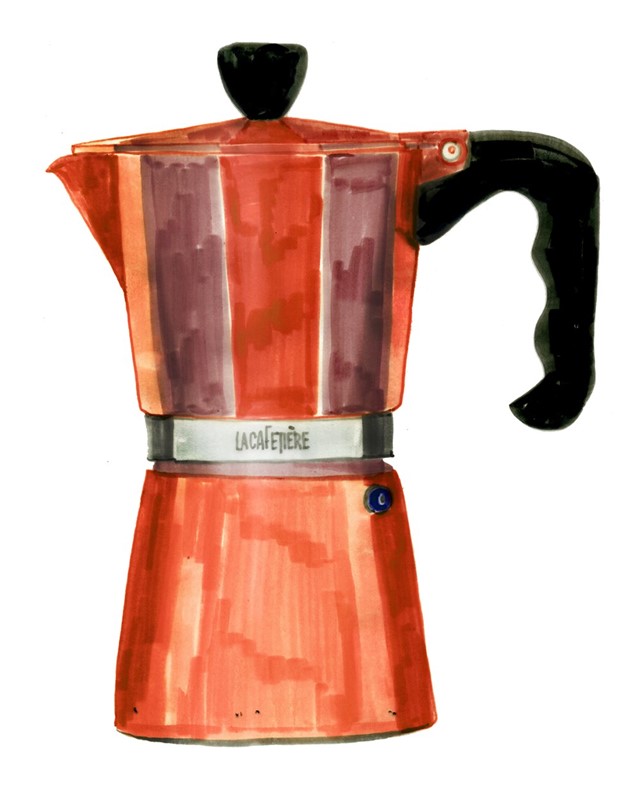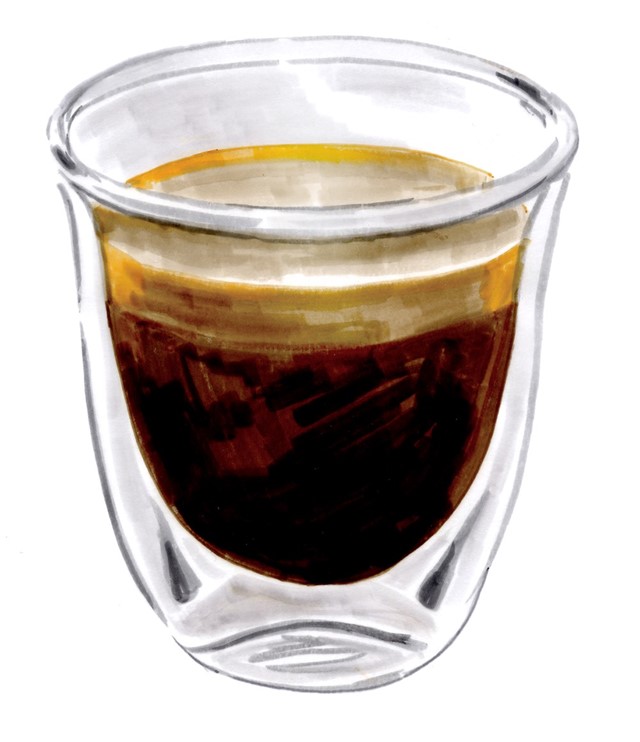To mark the start of Milan Fashion Week, we delve deep into the rituals of correct coffee drinking
When it comes to culinary delights, Italy is synonymous with so many delicacies that it's very hard to pick just one. But most agree that Italian coffee is impossible to beat. Clark Gable famously said, “I never laugh until I’ve had my coffee,” but many Italians refuse to do anything without a dose of espresso to fuel them. As with the majority of Italian food and drinks – which sauces accompany which type of pasta, when and when not to use parmesan (never on fish) etc. – there are very strict rules that apply to coffee drinking in Italy. Here, to mark the start of Milan fashion week, we take a look at the history of Italian coffee, and break down the codes that accompany its correct consumption.
The History
Unlike pizza and pasta, coffee began its life in Ethiopia in around the tenth century AD, before being mass-cultivated in northern Africa. It was first introduced to Italy from Egypt in the 1570s, when traders began importing it to Venice, and thereafter it was widely disseminated around the rest of country and other parts of Europe. Because of its eastern roots, the drink was initially met with widespread suspicion and deemed an Islamic beverage. However upon sampling a cup, Pope Clement VIII found it so delicious that he declared that it was in fact a Christian drink and its popularity burgeoned thereafter. By 1683, cafés had sprung up all over Italy and in 1766, Pietro Verri's Milanese journal Il Caffè was proclaimed a central text in the Italian enlightenment.

But it wasn't until 1901, when Milanese inventor Luigi Bezzera developed an upright, carbon-fuelled machine that forced hot water through tightly packed ground coffee, that real Italian espresso was born. Since then the caffeinated world has never been the same, espresso forming the basis of the majority of machine-made coffees thereafter. Of course, taken outside of Italy, coffee has been given many a more elaborate spin than the water and frothed milk that go towards making a cappuccino, but dare to breathe the words "decaf soya latte" in Italy and you'll be outed for the straniero that you are. So without further ado, we reveal the rules to drinking coffee, Italian-style.
The Rules
First things first, know what you're ordering and when to order it. If you want an espresso, ask simply for un caffè – espresso is more of a technical term that Italians themselves rarely use in a day-to-day context. If you want something else, do not stray from the classic options: a cappuccino and a caffé latte (never drunk in the afternoon or after a meal, milk is for mornings only), a caffè macchiato or a latte macchiato (an espresso with a splash of milk, or hot milk with a splash of coffee) and, if you're looking for something to take the edge off, a caffè corretto (a coffee "corrected" with a dash of brandy or grappa). In the summer, iced coffee is permitted – you can take your pick from a caffè freddo a cappuccino freddo, both of which usually come pre-sweetened with sugar. Your choice of coffee selected, you should now stand at the bar until it is made, and remain there to drink it (the majority of cafes charge you a standard fee for seating so it's rare to see an Italian sitting down for a caffeine fix without a specific reason). Because of this, Italian coffees are served at a temperature that allows you to drink them immediately – if you'd like a hotter cup, ask for un caffè bollente.

If you're making your coffee at home you have two options: invest in a proper espresso machine – Delonghi and Gaggia are always a safe bet – or brew your own in a macchinetta (a stove-top caffettiera). We recommend Alessi for the chicest options. Of course, the better the coffee grounds, the better the coffee; always buy espresso ground coffee (you can't go wrong with Carluccio's Caffè Milano Espresso). Fill the caffettiera right to the top, with the grounds forming a neat dome (don't pack them down), and then screw the upper part of the macchinetta tightly to avoid a coffee explosion. Place the caffettiera on the hob on a medium heat and wait until the coffee has filled the top chamber. Once you hear it begin to gurgle, wait 15 seconds before taking it off the heat and allow it to percolate for a further 30 seconds. Then pour and enjoy!
The One-Stop Shops
It's much harder to find a bad coffee in Milan than it is a good one but of course, there are some places that supersede the rest. For the ultimate cappuccino to kickstart your day, head to Caffè Sforzesco on the Via Meravigli. Then there's Caffè Cova, one of Milan's oldest pasticcerie – complete with wonderfully traditional decor – where the coffee/pastry combination will make you swoon. Finally for a brilliantly novel coffee experience, there's the Wes Anderson-designed cafe in the new Fondazione Prada, where you can sip your caffè amid pastel-hued furniture and Steve Zissou pinball machines. While you're in Milan, you have to try the Milanese special: the marocchino (which is essentially an upside-down cappuccino but surprisingly delicious).
